
DOE-funded grid-enhancing technologies such as dynamic line rating help utilities safely deliver more power, ensuring a more reliable and cost-effective electric system ready to meet the nation’s growing energy demand.
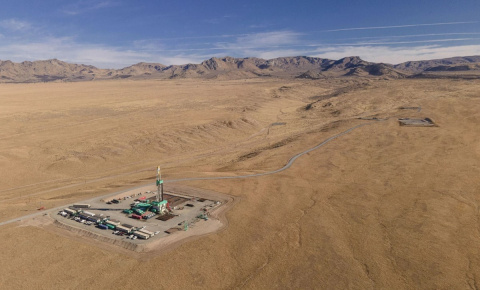
EERE invests in research, development, and technology-validation to help modernize the American energy system and position the United States to lead the world in the technical fields that will soon dominate the global energy market.
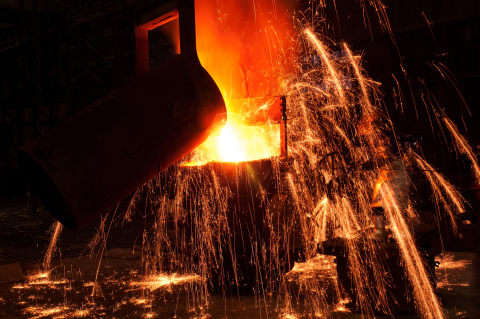
AMMTO released a request for information (RFI) to gather input on its draft harsh environment materials (HEM) research, development, and demonstration landscape document.
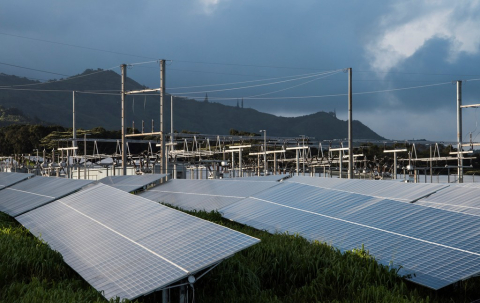
Innovative program equips utilities and grid operators with the expertise and resources needed to build the reliable, resilient, and secure grids required to meet the nation's growing energy demand.

The Critical Materials Innovation Hub announced up to $10 million to accelerate the early-stage technology research and development necessary to reduce material criticality for energy innovations requiring critical materials.
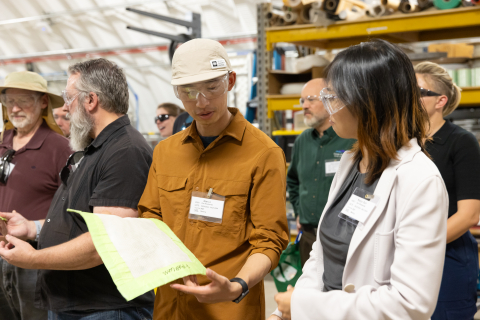
Three new community teams will receive tailored funding and technical assistance to support energy goals

The Energy Transitions Initiative Partnership Project will engage communities in energy planning, natural disaster preparedness, and analysis of renewable technologies, including solar, wind, battery storage, and heat pumps.
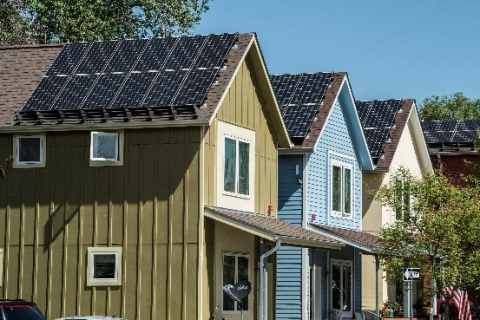
Is it worth replacing your rooftop solar energy system? Learn why in the vast majority of cases, it's more beneficial for homeowners to keep their existing rooftop solar energy systems for as long as possible.

With support from the U.S. Department of Energy’s Wind Energy Technologies Office, the National Renewable Energy Laboratory is helping grid operators and equipment manufacturers successfully adapt to the energy transition using the Grid Impedance Scan Tool.

An Idaho National Laboratory report takes the first comprehensive look at cyberattack risks that could jeopardize U.S. wind energy systems and real-world events that have affected wind energy systems and organizations around the world.

